Join More Than 50,000+ Subscribers and get latest camera news and rumors
NEW CAMERA VIDEOS ON YOUTUBE
|
By admin, on November 17th, 2023
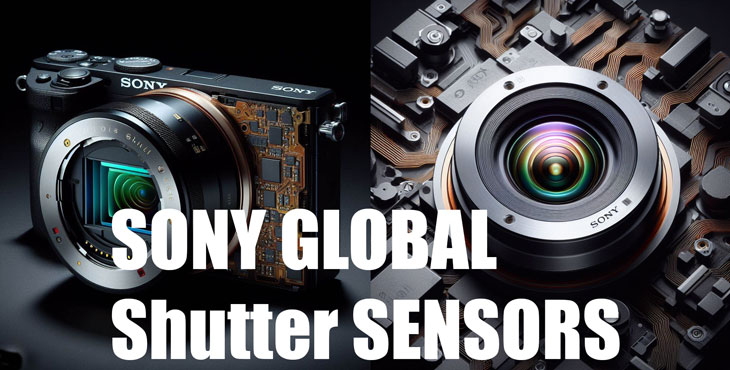
Although Sony has used a 24.6 megapixel full-frame CMOS sensor in their Sony A9 Mark 3 camera, they already have a variety of global shutter sensors in their lab for several years. These range from the M4/3 format sensor to APS-C, and medium format. In all these categories, they have CMOS sensors. Currently, these are labeled for industrial use, but if they decide to use them in commercial cameras, they can simply make them ready.
1. Sony’s IMX661 – 127 Mp Medium Format Global Shutter Sensor
Sony’s IMX661 is indeed a large format CMOS image sensor with a global shutter function and the industry’s highest effective pixel count of 127.68 megapixels. It has a diagonal size of 56.73mm, making it even larger than the medium format sensor. This sensor is currently labeled for industrial use, but Sony can use it in consumer cameras if they decide to do so, yes few tweaks are needed.
More Details about IMX 661 in this PDF
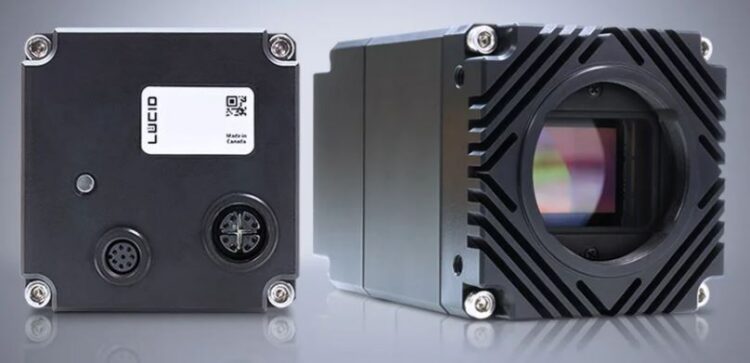
2. Sony IMX342 APS-C 31Mp Global Shutter Sensor
We have spotted the Sony 31 MP Sensor with a global shutter back in 2018. The Sony IMX342 is a 31.49 megapixel APS-C CMOS active pixel type solid-state image sensor with a square pixel array. This chip features a global shutter with variable charge-integration time. It operates with analog 3.3 V, digital 1.2 V, and interface 1.8 V triple power supply, and has low power consumption.
Currently, this sensor is being used in Atlas10 industrial cameras. If Sony decides to use it in commercial cameras, they can simply make it ready. The maximum frame rate that this sensor allows is 35 frames per second, which is indeed very decent compared to the existing cameras of today.
More Details about IMX 342 in this PDF
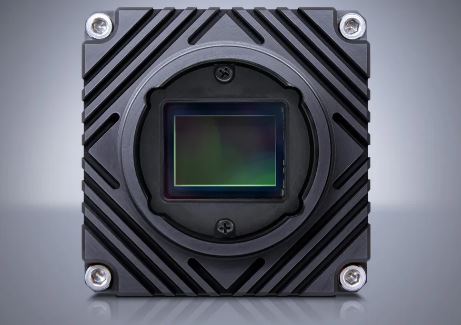
3. IMX492 M4/3 format 47Mp Sensor
The Sony IMX492 is a Micro Four Thirds format Global Shutter CMOS sensor with 47 megapixels. Here are some key details about this sensor.
- It uses 2.315µm pixels
- The sensor can run up to 24 frames per second in 10 bit over the SLVS-EC interface or 13.7 frames per second with MIPI (CSI-2).
- It is available in both color (IMX492LQJ) and monochrome (IMX492LLJ)*versions.
- The monochrome version of the sensor has a Quad-Pixel Binning HDR function.The sensor supports both SLVS-EC with up to 8 serial data output or CSI-2 with 2 or 4 serial data output per channel.
This sensor is currently being used in industrial cameras, but Sony can use it in consumer cameras if they decide to do so. I wish one of the upcoming Panasonic microphone third format cameras should have this sensor inside it.
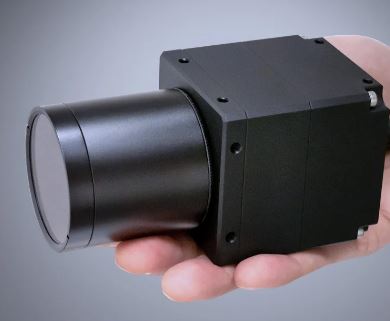
4. IMX540 M4/3 format 24.5Mp Sensor
Sony also has another Micro Four Thirds format-based sensor with a global shutter. Its resolution is slightly lower at 24.5 MP, so we can expect its low-light performance to be better than the 47 MP M4/3 format sensor, the IMX492. Let’s look at some details about this sensor:
– It is a 24.55-megapixel sensor
– The sensor has a diagonal size of 19.3mm (Type 1.2)
– It uses 2.74µm pixels
– The sensor can run up to 23 to 34 frames per second
– It features a global shutter function with variable charge integration time
– It operates with analog 3.3, 2.9V, digital 1.1V, and interface 1.8V quadruple power supply
– It is designed for high-end FA and ITS cameras using high-speed bandwidth.
This sensor is currently being used in industrial cameras, But I wish to see the IMX 540 in Panasonic M4/3 formt-based GH series camera. Let’s see.
Get LIVE RUMORS –> FACEBOOK | TWITTER | INSTAGRAM to to get live news — > –>see more Latest Camera News
By admin, on November 15th, 2023
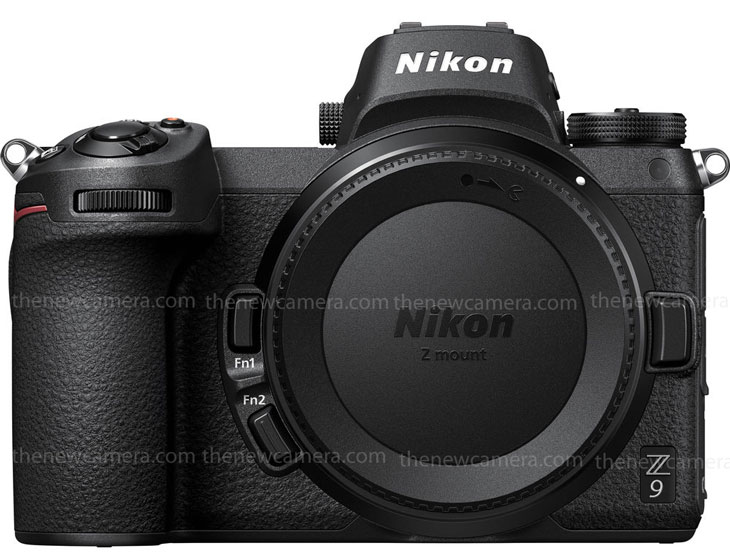
According to the latest rumors, Nikon may announce a Nikon Z9H camera with a global shutter. The name is not confirmed yet, but there is a strong possibility that they will offer a high-speed shooting machine from Nikon, paired with a global shutter, before the Olympics which is in the first quarter of 2024.
One thing to be added is that this particular information was received by the rumor mill before the announcement of the Sony A9 Mark 3 camera, which indicates that Nikon already has access to global shutter sensors. So, more or less, they will soon use them in their upcoming full-frame cameras for sure.
Follow us on our social pages FACEBOOK | TWITTER | INSTAGRAM to get live news + Nikon Rumors 24X7
Source NR.Com
By admin, on November 14th, 2023
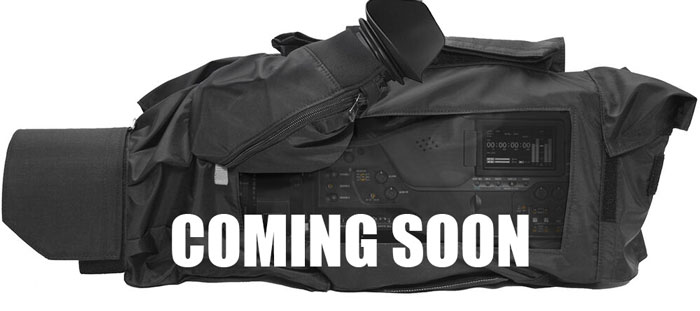
Although The name of the camera isn’t confirmed yet take a look at what Source has to say about the upcoming Pro Video camera from Sony
PXW-Z750 users will be delighted with the larger sensor version, which will be positioned next to XDCAM 6K and CineLine. Global shutter, full-frame oversampling/S35 point-to-point DCI&UHD 4K/120p, S35 oversampling FHD/240p, does not support X-OCN internal recording.
The 15+ stop IQ of FX9 is maintained, but the base ISO is raised to F55-level ISO2000, and the second ISO is set to 6400, which is slightly higher than FX9’s 5120. It seems to be a stage scene with PXW-Z750 and PXW-FX9M2 dual broadcast cameras.
However, I don’t think Sony should promote a global shutter-based FX9 at the time when the BURANO series is Available.
Stay tuned we will bring more updates as soon as they become available to us
The Post “Details about Sony Upcoming Professional Video Camera” was first appeared on thenewcamera.com
source
By admin, on November 14th, 2023
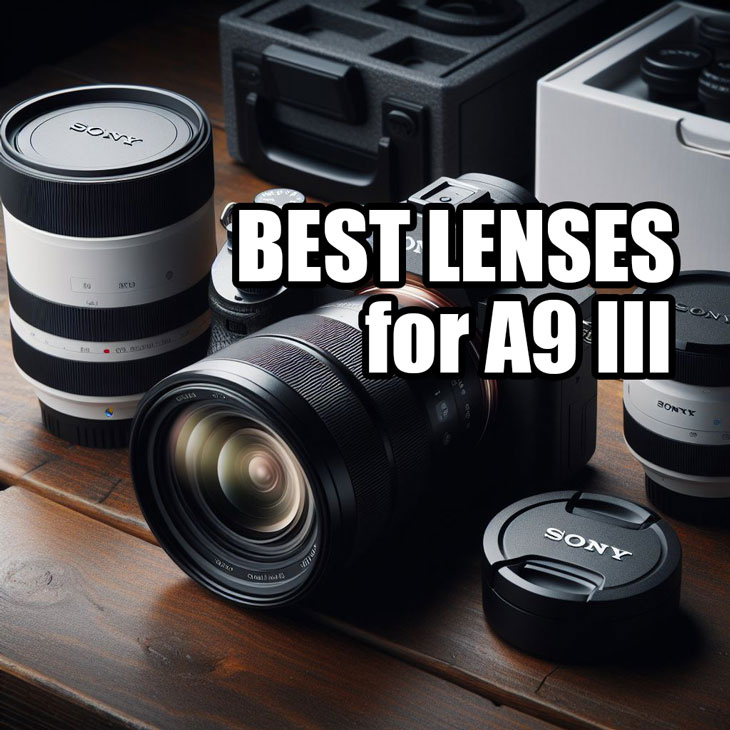
Let’s talk about the set of lenses that support the Sony A9 Mark 3 camera’s 120 frames per second continuous shooting with full-time autofocus and auto exposure support.
As you may notice, none of the third-party lenses are present in this list since Sony limits the continuous AF support of third-party lenses up to 15 to 20 frames per second. You can use those lenses, but the continuous AF will remain limited to 15 to 20 frames. If you use Sony native lenses, then the AF calculation will support synchronization up to 120 frames.
By admin, on November 11th, 2023
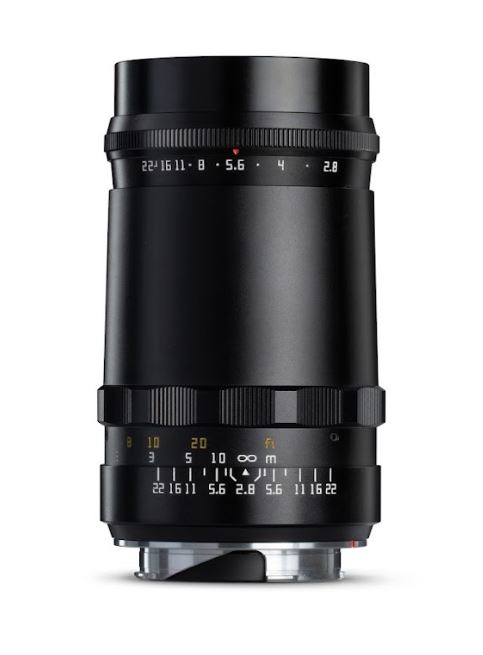 TTartisan has announced its second mount for the TTartisan 100mm F2.8 Soap Bubble Bokeh Lens–Leica M Mount. Well adapted to all the micro-single mount, such as Sony E, Canon RF, Fujifilm X, Nikon Z and Leica L. TTartisan has announced its second mount for the TTartisan 100mm F2.8 Soap Bubble Bokeh Lens–Leica M Mount. Well adapted to all the micro-single mount, such as Sony E, Canon RF, Fujifilm X, Nikon Z and Leica L.
Sample Images

Sample Images of the Bubble Bokeh Lens
Buy from amazon.com – TTartisan 100mm F2.8 Full-Frame Soap Bubble Bokeh Lens
By admin, on November 9th, 2023
Sony A9 III camera sample images. Finally, we have the official sample images of the Sony A9 III camera. Let’s analyze the sample images and see how the new 24.6-megapixel sensor performs with the global shutter technology. The sensor is able to preserve a good amount of the range in the images and its slow-motion performance is perfect
Sony A9 III SAMPLE IMAGE 1
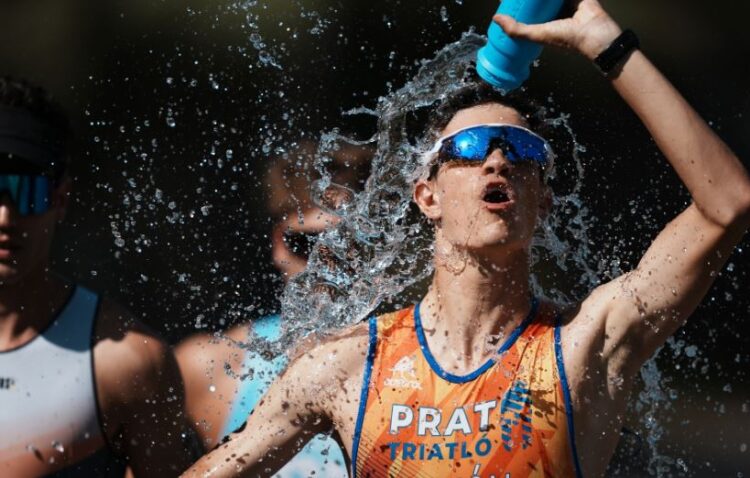
Download high-res Image
| Lens name |
FE 400mm F2.8 GM OSS |
| Lens focal Length |
400 mm |
| 35mm equivalent focal length |
400 mm |
| Shutter speed |
1/16000 sec. |
| F number |
F2.8 |
| Exposure correction value |
+0.0 EV |
| Exposure program |
Manual exposure |
| Metering mode |
Multi segment |
| ISO |
400 |
| White balance settings |
Auto white balance |
So we have 8 images coming straight out from the Sony A9 III camera. Let’s analyze a special one that we see in the list, captured at 1/16000 of a second. This is not normal for a general mirrorless camera, as it doesn’t have that much shutter range. So let’s look at what this image looks like and see if the camera can preserve sharpness at 1/16000.
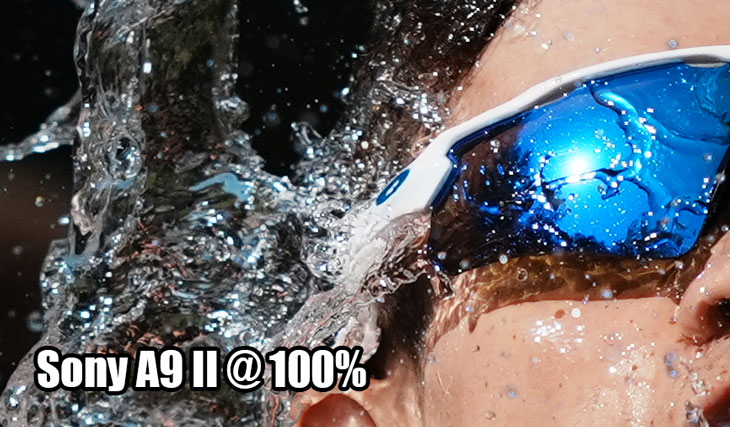
At 100% scale, you can see every bit of the image is very expressive, and the details of the image are very well preserved.
Sony A9 III SAMPLE IMAGE 2
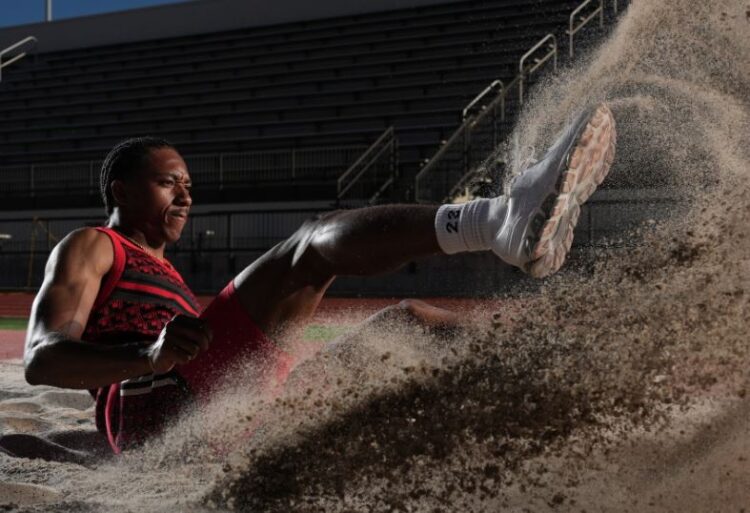
Download high-resolution images from here
| Lens name |
FE 24-70mm F2.8 GM II |
| Lens focal Length |
53 mm |
| 35mm equivalent focal length |
53 mm |
| Shutter speed |
1/6400 sec. |
| F number |
F8 |
| Exposure correction value |
+0.0 EV |
| Exposure program |
Manual exposure |
| Metering mode |
Multi segment |
| ISO |
400 |
Now in the second image, you can see an action sequence captured at a shutter speed of 1/6400 of a second. Even after that, the details in the eyes are intact, as you can see in the 100% scaled image below.
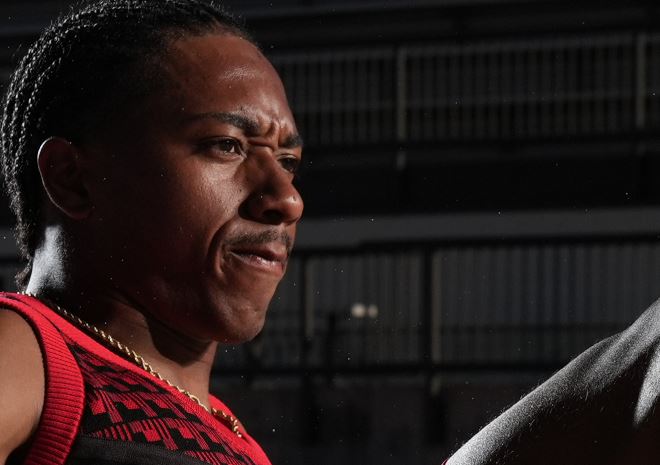
When we lift the shadows of the JPEG file, all the details are available, If RAWs are available then it will be at a completely different latitude. Even if we try to apply the shadows in the available Jpeg file, the result is phenomenal. We have a lot of details hidden in the shadows, a lot of color information that is there, and if exposed correctly, it can be a true HDR image. So the capability of the 24.6-megapixel global shutter sensor is very clearly visible in the sample images, as stated by Sony.

SONY A9 III SAMPLE IMAGE 3
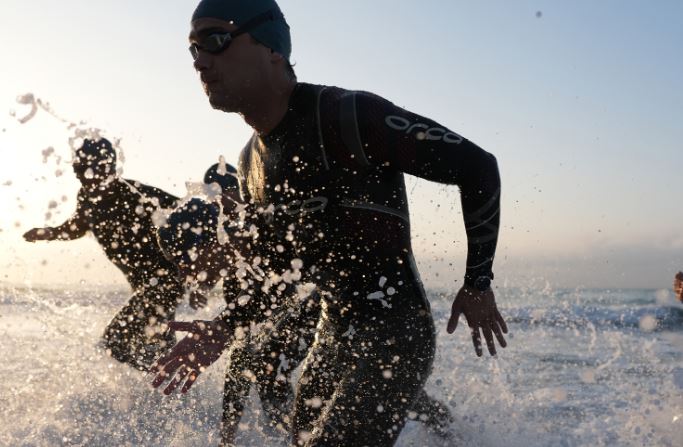
Download High Res Samples From Here
| Lens name |
FE 24-70mm F2.8 GM II |
| Lens focal Length |
24 mm |
| 35mm equivalent focal length |
24 mm |
| Shutter speed |
1/6400 sec. |
| F number |
F2.8 |
| Exposure correction value |
+0.0 EV |
| Exposure program |
Manual exposure |
| Metering mode |
Multi segment |
| ISO |
640 |
| White balance settings |
Auto white balance |
In this third sample image, you can see swimmers running on the beach side with the sun opposite to the camera. The image was captured at a very high shutter speed of 1/6400 of a second, with an aperture of f/2.8, a focal length of 24mm, and a 24-72.8 G Master Mark 2 lens. First, we have to see the image at 100% scale, and you can see the surface is on point. But the most interesting part of this image is when you look up and left, and then you will see the result
Sample image 3 @ 100% scale
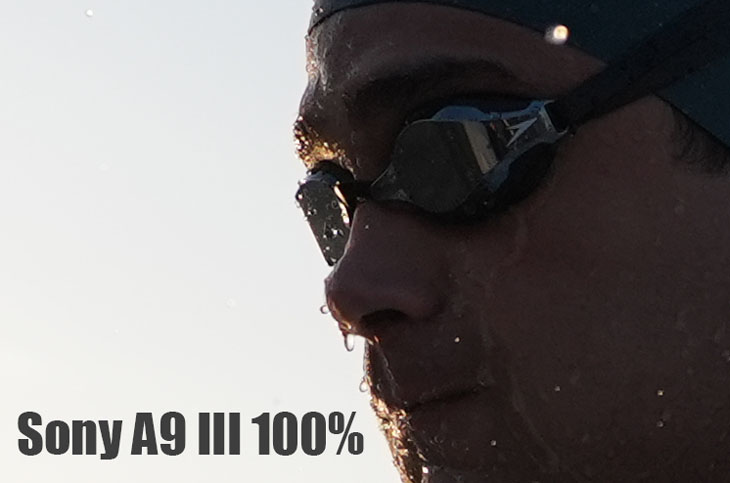
Now, let’s take a look at the 3rd sample image of the Sony A9 III camera. The JPEG files of these sample images can preserve a lot more detail in completely shadowed areas. If raw samples were available, you can just imagine the level of shadow details we can pull from that file. BTW, the JPEG files are capable of preserving a lot of details that are visible in the sample images. This is a testament to the capability of the 24.6-megapixel global shutter sensor of the Sony A9 III camera.
Its showtime, see the amount of details visible at 100% scale in completely dark areas captured behind the sun. It can be processed, more details can be re-constructed with AI tools, while seeing all these, I can assure you Sony A9 III 24.6 MP sensor does have a very good DR range without a doubt. And soon we will publish the test results too as they become available to us.
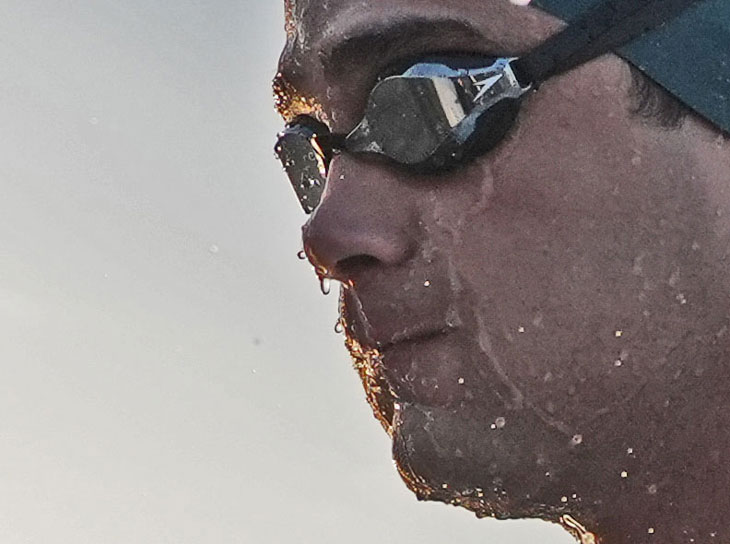
Get a Sony A9 Mark III camera from B&H Store
Follow us on our social pages FACEBOOK | TWITTER | INSTAGRAM, If you have time –>see more Sony Alpha Rumor
By admin, on November 3rd, 2023
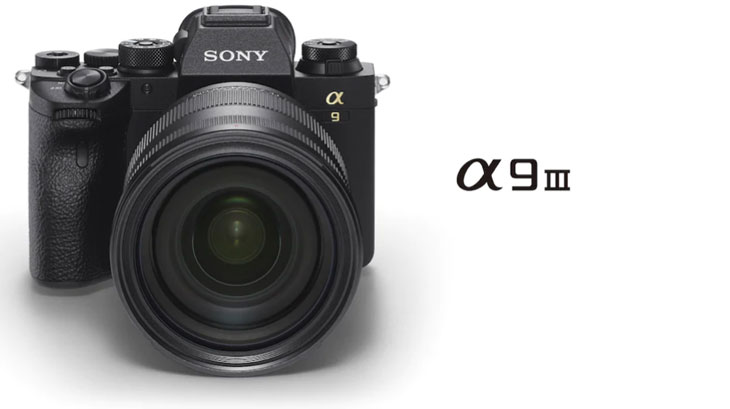
What we have seen in the past, 10 to 15 days before any official announcement of a Sony camera, leaked images and a full set of core specifications are generally available all over the web via the rumor mills. As of November 3, there is no concrete information available related to the upcoming camera, nor any leaked images. It indicates that there is a huge possibility that the A9 Mark III camera is not coming on November 8. And that’s why Rumor mills are saying that A9 III will delay, see more details below
According to the latest rumors, the Sony A9 Mark 3 camera announcement may get delayed, and the next possible date is sometime around January 2024. The rumored specifications and announcement date of the Sony A9 Mark III camera are as follows:
Sony A9 III rumored specification
- 33 megapixel full-frame stacked sensor
- 40 fps 12-bit raw
- 30 fps 14-bit raw
- 4K 24/25, 30, 50/60 fps
- 1080 24/25, 30, 50/60, 100,120 fps
- No 8K video
- No mechanical shutter
- Sony A1 design and ergonomics
- Price: $4,498
- November 8, 2023 announcement (expected to arrive in Jan 2024*)
If you look at the price of the camera then for sure the camera price is higher than the competition, compared to the specs of the Nikon Z8 camera the overall rumored specs of the Sony A9 III, that we see right now look slightly inferior without a doubt.
We were expecting at least the introduction of a 50-megapixel sensor to compete against Z8 of Sony Alpha A1 in the body of the Sony A9 Mark III with some limitations (to protect the sales of the Sony Alpha A1 camera). At least with the 50 MP sensor and advanced Dual Bionz X processor, the camera will be able to compete with the Nikon Z8 camera.
Our expectations with the Sony A9 III
- 50MP Full-Frame Exmor RS BSI CMOS Sensor
- Up to 60 fps Shooting, ISO 50-102400
- 8K 30p and 4K 120p Video in 10-Bit
- 3.7 m-Dot EVF (Blackout free)
- 759-Pt. Fast Hybrid AF, Real-time Eye AF
- 5-Axis SteadyShot Image Stabilization
- Dual CFexpress Type A/SD Card Slots
Share your thoughts in the comment box below
Follow us on our social pages FACEBOOK | TWITTER | INSTAGRAM, If you have time –>see more Sony Alpha Rumor
source SAR website
|
KEEP THIS BLOG ALIVE - Support New Camera Buy Canon Lenses, Buy Music CD or Digital Camera at amazon it helps this site, and you do not pay anything extra, it is just a way to help support this site.

|








 TTartisan has announced its second mount for the TTartisan 100mm F2.8 Soap Bubble Bokeh Lens–Leica M Mount. Well adapted to all the micro-single mount, such as Sony E, Canon RF, Fujifilm X, Nikon Z and Leica L.
TTartisan has announced its second mount for the TTartisan 100mm F2.8 Soap Bubble Bokeh Lens–Leica M Mount. Well adapted to all the micro-single mount, such as Sony E, Canon RF, Fujifilm X, Nikon Z and Leica L.













